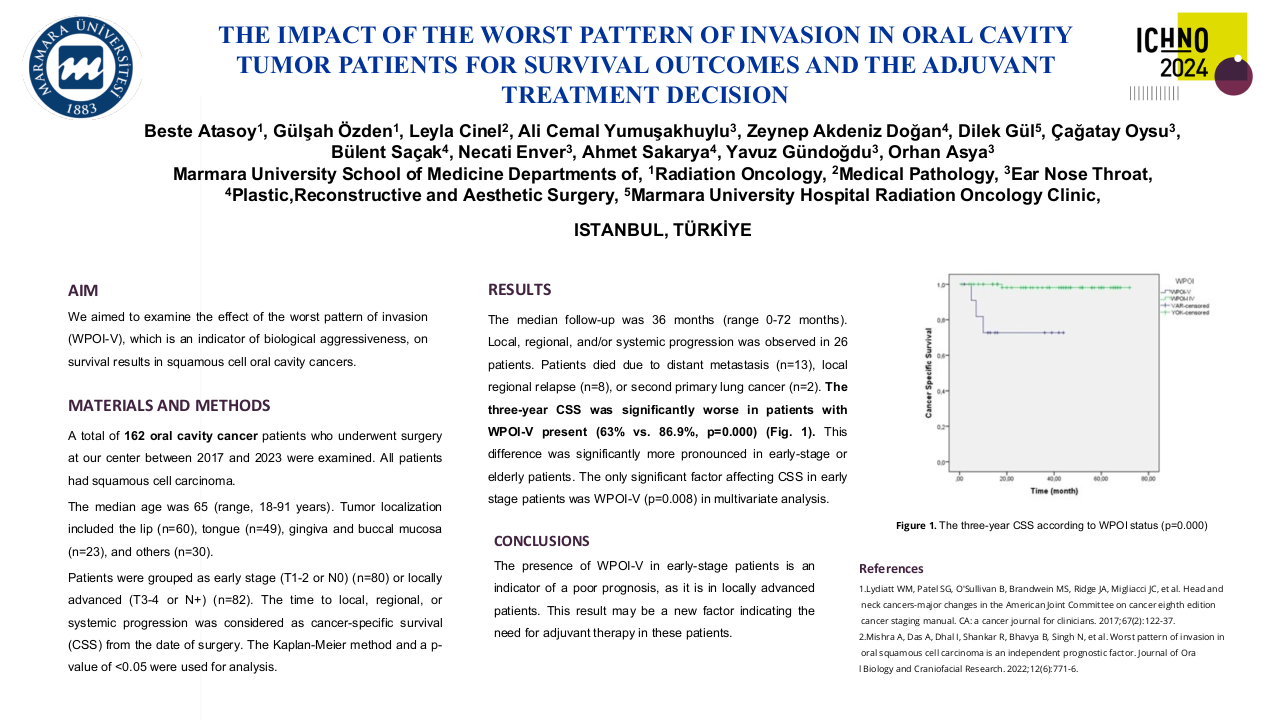Tongue schwannoma: a clinicopathologic study of a case report with a systematic review
Purpose/Objective
Schwannomas commonly occur in the head and neck but infrequently involve the oral cavity and rarely afect the tongue. In this observation, the clinical and pathologic characteristics of a rare case of schwannoma of the tongue was evaluated.
Material/Methods
A rare case of schwannoma of the tongue was evaluated.
Results
A 29-year-old man, without any significant medical history was referred to our Department of Otolaryngology and Cervicofacial Surgery at the Salah Azaiez Institute for evaluation of a mass in the tongue. .
Clinically, the patient presented with a lingual mass noted to be slowly increasing in size. He reported associated tongue pain localized to the lesion. The duration of symptoms was 12 months. Examination revealed a 1,5 cm mass on the right lateral part of the tongue.
It had semielastic consistency, is movable, causes pain when touched, and is covered by a nonulcerated mucosa. No radiologic investigations were needed because the mass was easily seen and palpable.
An excisional biopsy was done under general anesthesia by transoral approach. The entire lesion was removed completely from the tongue using blunt dissection.
There were no perioperative and postoperative complications, and there was no need for nasogastric tube insertion postoperatively. Tissue was sent for histopathologic examination.
On gross examination, the histopathologic examination reveals a well-defined neoformation surrounded by fibrous connective tissue in a capsule-like form where remains of nerve endings. There is no mitotic activity. The final diagnosis was a benign schwannoma.
The postoperative outcome was uneventful, with no signs of recurrence even after two years.
Conclusion
Although schwannomas are often asymptomatic, given enough time, they can cause significant health issues such as significant dysphagia, dysarthria, and obstructive sleep apnea. The rarity of lingual schwannoma may explain the limited knowledge concerning these tumours. The treatment is exclusively surgical. The prognosis is excellent after resection, as malignant transformation is exceptional.






